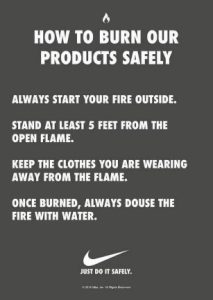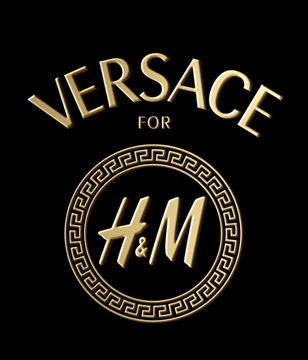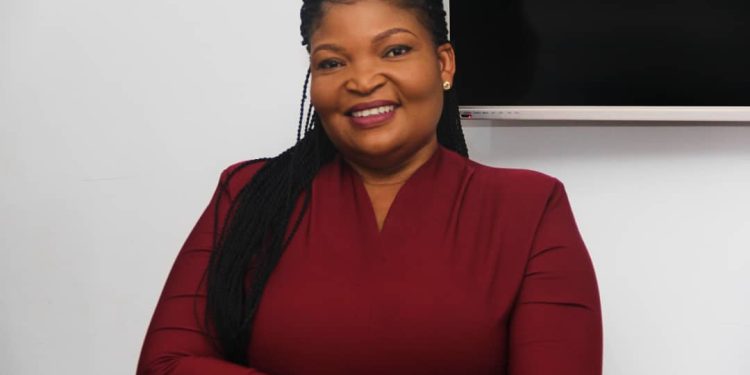The International Advertising Association (IAA) organized a Leadership Conference dubbed Africa Rising for industry players in Accra, educating and equipping stakeholders with the requisite skills and knowledge to thrive in the modern competitive era of business. From the opening ceremony through to panel discussions, there were nuggets for brands to become inclusive, purpose driven- “to stand when it matters and live for the consumer”.
Here are five lessons brands should emulate to become “Brands for Purpose, Brands for people”. These features are inspired by the presentation made by Sasan Saeidi, Global Client Partner of Coca-Cola Company and Islam Eldessouky, Global Creative Strategy Director, Hydration, Sports, Tea & Coffee, The Coca-Cola Company.
DE & I is no longer optional
The rising importance of inclusion and diversity.
In the last few years, there have been a massive change in society around equality and representation. Social movements have risen around the rights of specific groups. Within the United Nations’ 17 Sustainable Development Goals, adopted in 2015, are calls to action to ‘achieve gender equality and empower all women and girls’ and to ‘reduce inequality within and among countries’. This latter goal calls for inclusion, regardless of age, sex, disability, race, ethnicity, origin, religion or economic conditions among others.
Diversity and inclusion are creative devices, used by brands to make their ads both creative and effective.


The Degree brand knowing that people with disabilities are the largest minority group in the world has collaborated with consumers with disabilities and a diverse group of experts to come up with a concept deodorant that makes application easier known as Degree Inclusive, and it’s the world’s first adaptive deodorant.
IKEA is also another brand that is being inclusive, with the release of its 3D-printable furniture hacks for people with disabilities called “ThisAbles”.

IKEA and Degree are proof that being inclusive isn’t only good socially and morally right, it’s also good for brand ROI. According to data shared by Sasan and Islam on persons living with disabilities, 1 billion of the world’s population identifies as being disabled, $8 trillion annual disposal income in the disabled community, 70% of consumers prefer to buy from brands that are inclusive and PWDs are the fastest growing minority group.
Keep your promise
The most important part of keeping any promise is trust. If you can keep your promises, you’ll be a trusted resource for your customers — with what they need, when they need it. Trust is one of the most difficult characteristics to earn. For a society that is frequently let-down or has numerous options, gaining trust can be the difference between profit and growth and breakeven or buried within your first year.

When NIKE chose former San Francisco 49er Colin Kaepernick as the brand’s new spokesperson and customers started burning NIKE products, the company issued a safety awareness message, in response to the controversy caused by Kaepernick featuring in their Ad campaign ‘Just Do It’.
Nike released an Ad to educate the public on how to burn their products safely, after all their slogan is ‘Just Do It’

By standing by their promise; Nike successfully positioned themselves as a bold, rebellious brand — not a big, faceless corporation. Millennials wear more Nikes right, because Nike is a brand that shows working! So let’s keep this in mind. Making a brand promise is not about putting pen to paper and spreading the word. It’s about the everyday micro-moments. There’s nothing worse for a brand than than breaking promises to customers. Broken promises hit at your core, and can turn even your most loyal fan into the dreaded 1-star review.
Balancing Modernity and Heritage
Keeping consistent in the face of change is important. Brands carry a lot that needs to be kept consistent. But also relevant, present in zeitgeist and be part of the conversation. An example of a brand that balanced heritage and modernity well is Kit Kat. It can be recalled that a hot debate over how to eat your KitKat stemmed from TikTok after Australian-based duo, the Rybka Twins, shared how they eat KitKat.

The confectionary brand that dates back to 1935 stepped in to let “Australia” know once and for all- that as long as you have a break to enjoy your kitkat, then you’re doing it right.
The confectionary brand used a very new medium to stay relevant and present but didn’t lose its heritage as an iconic chocolate brand. What’s the right way to eat KitKat? The debate continues but heritage is intact.
Have an Ethical Scoreboard
Brands must have an ethical scoreboard. According to IBM, 40% of consumers are purpose driven in their purchases. You need to have a point of view on social issues; because your consumers are occupied with those things. Stand for causes that matter and be prepared to change the conversation and be simple in your purpose. Brands have more obligation to do more for communities they serve more than before. Brands need to act as caring corporate citizens, volunteer, give back, and give often. Patagonia founder, donated his entire company, worth $3 billion, to fight climate change.
Collaboration
The year 2002 and beyond should be a year where brands use unexpected mashups to borrow equity from each other; so they can encourage retention, promote a cause, reinvigorate the brand and deliver better brand experience.
A great example of brand collaboration was the one between Versace and H &M. Versace’s designs for H& M didn’t only create a moment in fashion, it gave fashion enthusiasts the chance to dress like celebrities

Finally, in today’s renaissance marketers need PERSPECTIVE, so they can evolve and not stay in the past, digitize their offering led by tech, data and supported by personalization.
They need EMPATHY to act and create more human brands and responsible teams.
They need HUMILITY to ensure, they build a sense of purpose in everything they do.















